Discover top strategies for enhancing customer relationships and boosting business success in our comprehensive guide on Effective Customer Relationship Management Techniques.
Importance of Customer Relationships
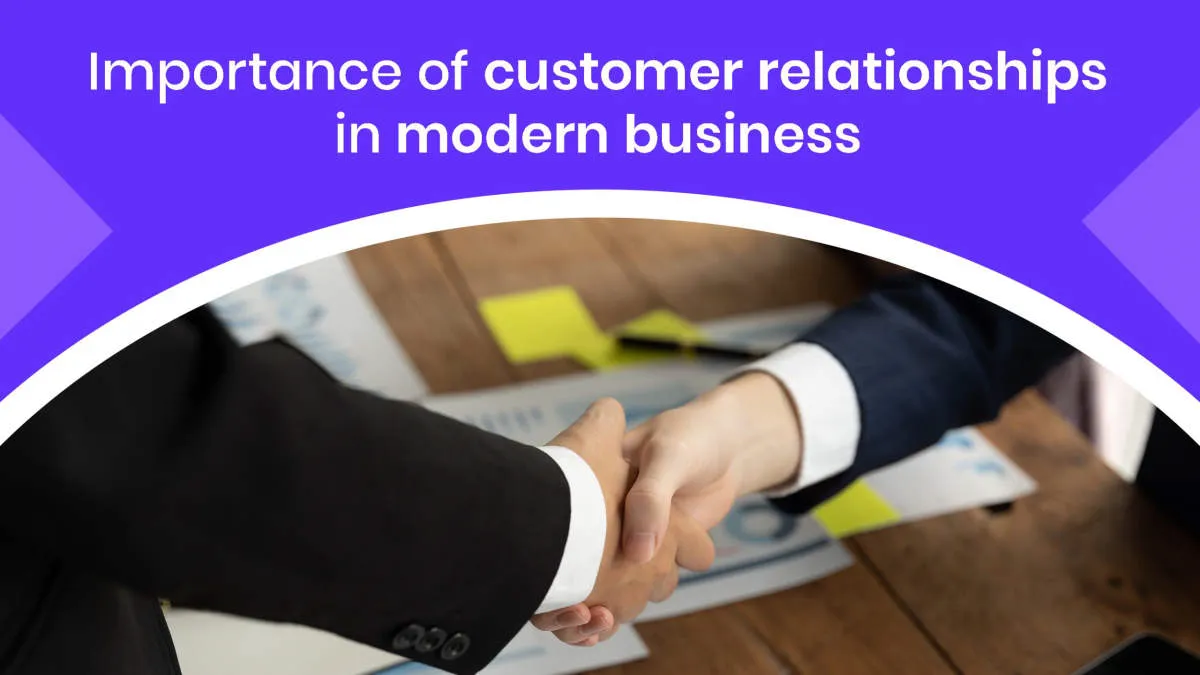
In today’s competitive business landscape, building and nurturing strong customer relationships is paramount to success. It’s no longer enough to simply provide a good product or service – businesses need to go above and beyond to create meaningful connections with their customers. This is where the importance of customer relationships comes into play.
Increased Customer Loyalty: When customers feel valued and appreciated, they are more likely to become loyal patrons of your business. Strong relationships foster trust and loyalty, leading to repeat purchases and positive word-of-mouth referrals.
Enhanced Business Reputation: Positive customer experiences translate into a strong brand reputation. Happy customers are more likely to recommend your business to others, both online and offline. Conversely, negative experiences can spread like wildfire, harming your reputation.
Valuable Feedback and Insights: Building relationships with your customers opens up channels for valuable feedback. By listening to their needs, preferences, and pain points, you gain insights that can drive product development, improve service delivery, and enhance overall customer satisfaction.
Increased Revenue and Profitability: It costs significantly more to acquire a new customer than to retain an existing one. By fostering strong customer relationships, you can increase customer lifetime value, reduce churn rates, and ultimately boost revenue and profitability.
Competitive Advantage: In a crowded marketplace, strong customer relationships can be a significant differentiator. By providing exceptional customer service and building genuine connections, you can stand out from the competition and gain a competitive edge.
Implementing CRM Systems
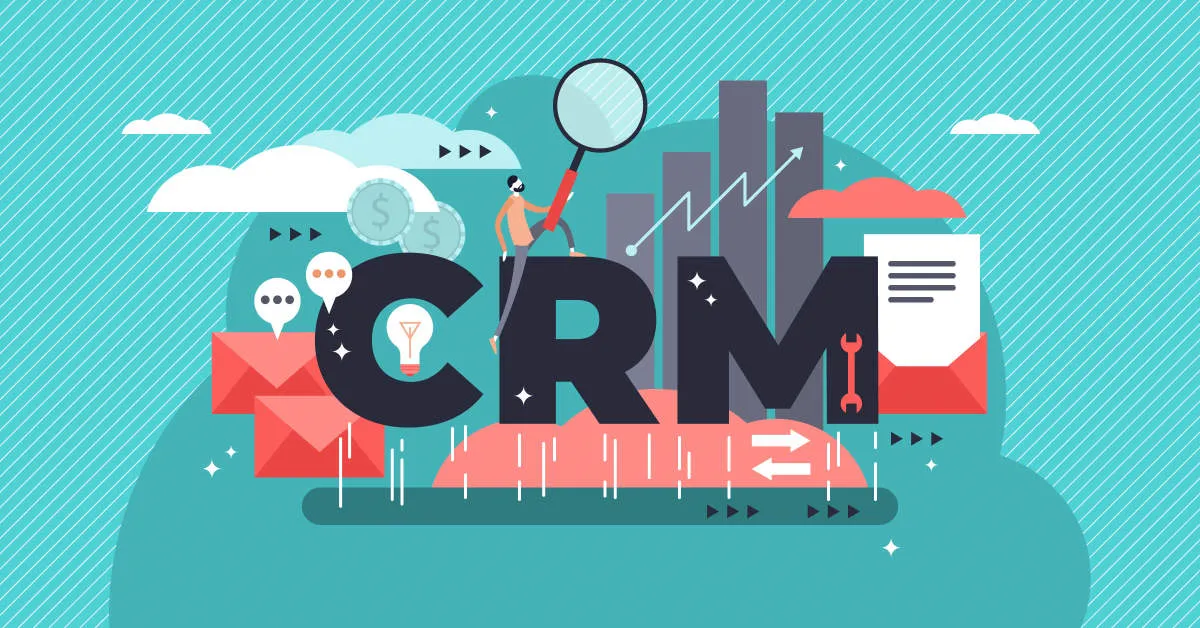
Implementing a Customer Relationship Management (CRM) system marks a significant step in elevating your customer relationship management strategies. It involves a structured approach to ensure seamless integration and utilization of the chosen CRM software within your organization.
Key Stages of CRM Implementation:
- Planning and Goal Setting: Clearly define your objectives for implementing a CRM. Identify the specific areas of your business you want to improve and set measurable goals.
- CRM Selection: Research and select a CRM system that aligns with your business requirements, budget, and scalability needs. Consider factors like ease of use, features, integration capabilities, and vendor support.
- Data Migration and Integration: Ensure a smooth transition of existing customer data into the new CRM system. This step requires careful planning to avoid data loss and maintain data integrity. Integration with other business systems is also crucial for a unified view of customer information.
- Customization and Configuration: Tailor the CRM system to meet your specific business processes and workflows. Customize fields, dashboards, reports, and automation rules to align with your unique requirements.
- Training and Adoption: Provide comprehensive training to your team on using the CRM effectively. Encourage user adoption by highlighting the benefits and providing ongoing support to address any challenges.
- Evaluation and Optimization: Regularly evaluate the CRM system’s performance against your predefined goals. Analyze user feedback, track key metrics, and make necessary adjustments to optimize its effectiveness over time.
Personalizing Customer Interactions

In today’s business landscape, customers crave personalized experiences. Gone are the days of generic marketing campaigns and one-size-fits-all approaches. To foster strong customer relationships and drive loyalty, businesses need to prioritize personalized interactions at every touchpoint.
Understanding Your Customers:
Personalization starts with truly understanding your customers. Leverage data analytics to gather insights into their demographics, purchase history, browsing behavior, and preferences. By creating detailed customer profiles, you can tailor your interactions to their specific needs and interests.
Personalized Communication:
Address customers by their names in emails and other communications. Segment your email lists to deliver targeted messages that resonate with their interests. Use marketing automation tools to personalize email content based on customer behavior and preferences. For example, if a customer recently browsed products in a specific category, send them personalized recommendations or exclusive offers related to those items.
Tailored Recommendations:
Recommendation engines are powerful tools for personalization. By analyzing customer data, these engines can suggest products or services that align with their past purchases, browsing history, and preferences. Display these recommendations prominently on your website, in email marketing campaigns, and even during customer service interactions.
Omnichannel Personalization:
Customers interact with businesses across multiple channels, including websites, social media, email, and brick-and-mortar stores. Ensure a seamless and personalized experience across all touchpoints by integrating your CRM system with other business tools. This allows you to provide consistent messaging and tailored interactions regardless of how a customer chooses to engage with your brand.
Gathering Customer Feedback
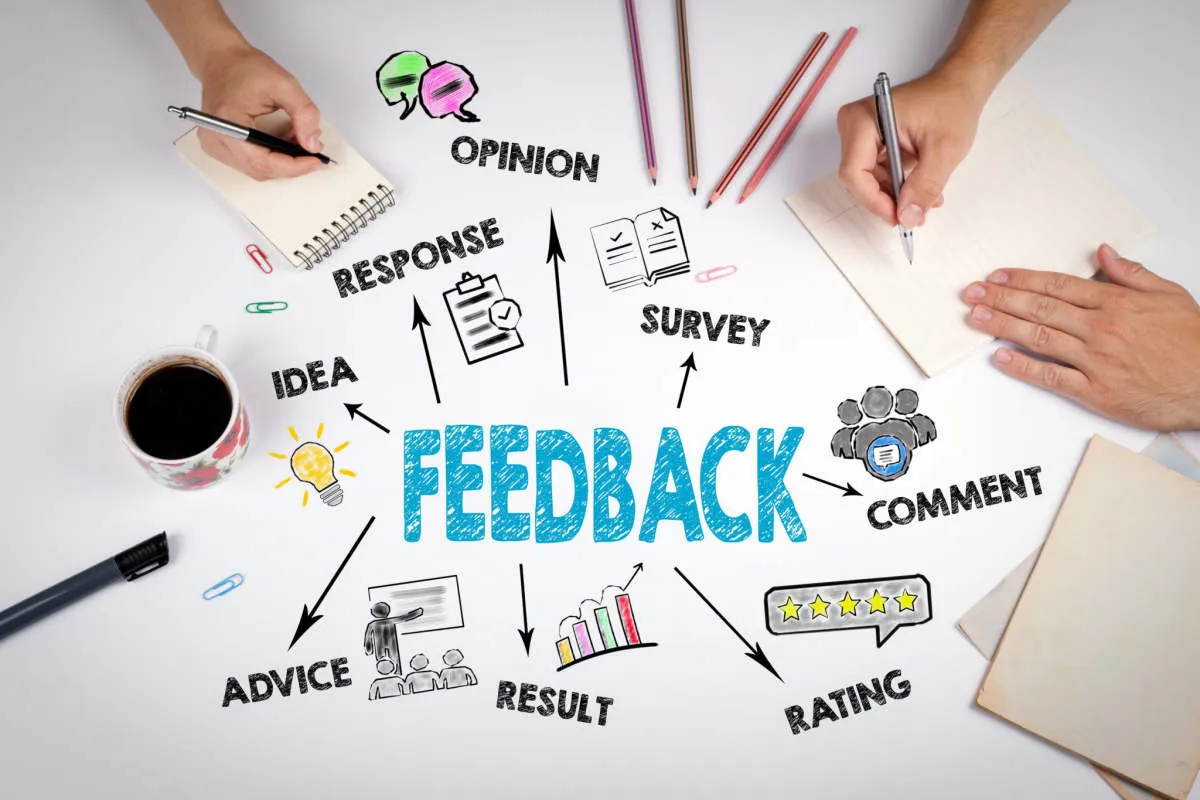
Gathering customer feedback is essential for building strong customer relationships and improving business operations. It provides valuable insights into customer satisfaction, needs, and expectations. Here are some effective methods for gathering customer feedback:
Surveys
Surveys are a popular method for collecting structured feedback from a large customer base. They can be conducted online, via email, or through telephone calls. When designing surveys, it is crucial to keep them concise, focused, and easy to understand. Use a mix of question types, such as multiple-choice, rating scales, and open-ended questions, to gather comprehensive feedback.
Feedback Forms
Placing feedback forms on your website, at physical locations, or within your mobile app allows customers to provide feedback at their convenience. Ensure that the forms are easily accessible and mobile-friendly. Offer incentives for completing the forms, such as discounts or entries into contests, to encourage participation.
Social Media Monitoring
Social media platforms have become valuable channels for gathering customer feedback. Regularly monitor your brand mentions, comments, and reviews on social media. Respond to both positive and negative feedback promptly and professionally. Engage with customers who share their experiences and use their feedback to improve your products or services.
Customer Interviews
Conducting in-depth interviews with customers can provide rich qualitative feedback. This method allows for open-ended questions and follow-up probes to gain a deeper understanding of customer perspectives. Interviews can be conducted in person, over the phone, or via video conferencing. It’s essential to select a diverse group of customers for interviews to ensure a representative sample.
Focus Groups
Focus groups bring together a small group of customers to discuss their experiences and opinions about your products, services, or brand. This method facilitates interactive discussions and allows participants to build on each other’s feedback. It is crucial to have a skilled moderator who can guide the conversation and ensure that all participants have an opportunity to share their views.
Analyzing Customer Data
Don’t overlook the valuable data that you already collect. Analyze customer data, such as purchase history, website analytics, and customer support interactions, to identify patterns and trends. This data can provide insights into customer preferences, pain points, and areas for improvement.
Building Customer Loyalty
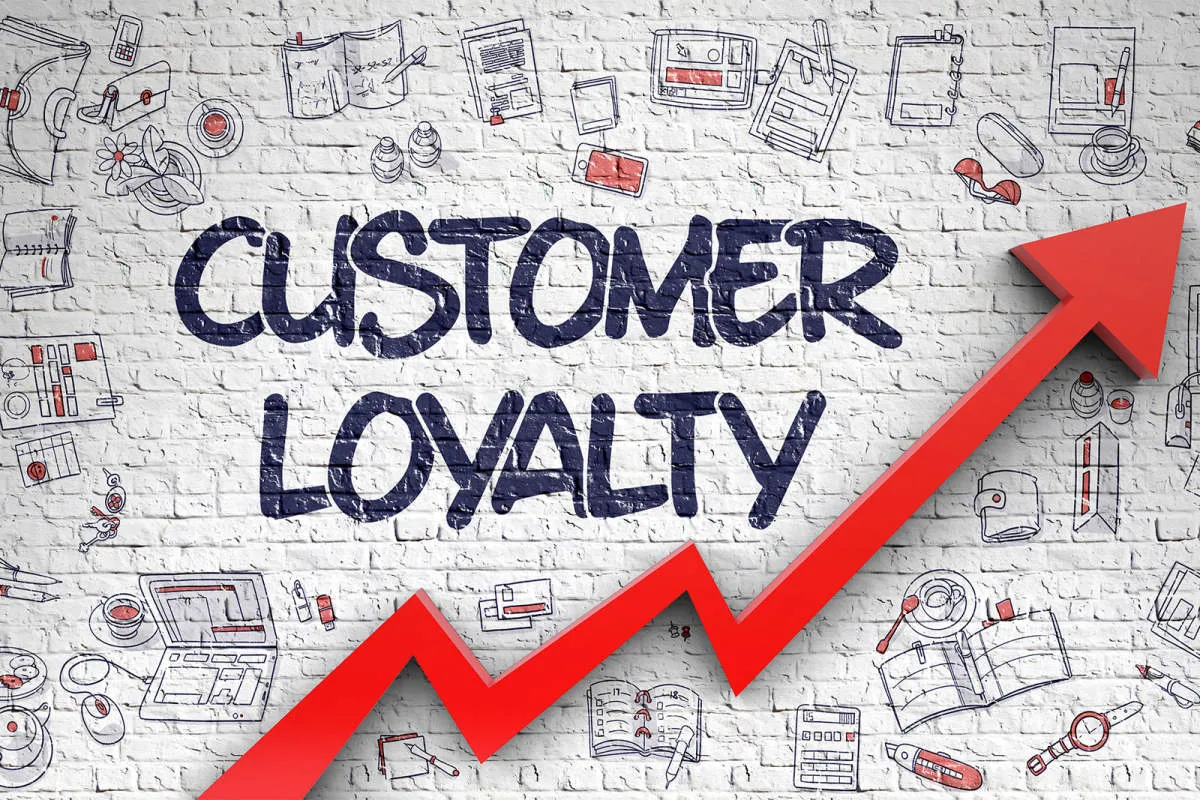
Customer loyalty is the holy grail of business success. Loyal customers are your brand ambassadors, repeat buyers, and walking, talking testimonials. They form the bedrock of a sustainable business model. Building this loyalty, however, requires a dedicated and consistent approach.
1. Exceed Expectations:
Going the extra mile speaks volumes. It doesn’t always have to be grand gestures; sometimes, small, personalized touches can leave a lasting positive impression.
2. Loyalty Programs:
Rewarding repeat customers is a tried and true method of fostering loyalty. Design a program that offers genuine value and incentives to keep customers engaged.
3. Consistent Communication:
Stay in touch, but don’t be intrusive. Regularly update customers on new products, promotions, and valuable information related to your industry.
4. Personalization:
In the age of digitalization, personalized experiences are paramount. Leverage data to understand customer preferences and tailor your interactions accordingly.
5. Feedback and Engagement:
Show your customers that their opinions matter. Actively seek feedback, address concerns promptly, and encourage open communication.
6. Empower Your Employees:
Your employees are the face of your brand. Empower them to make decisions that benefit the customer experience, fostering a culture of customer-centricity.
Measuring CRM Success
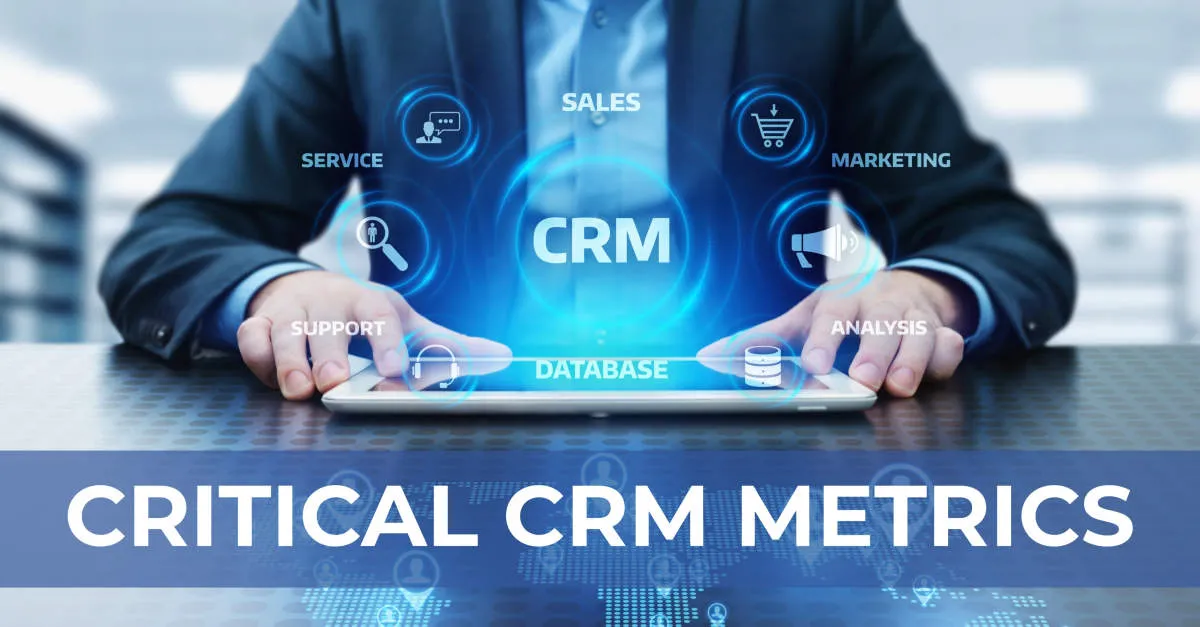
Implementing a CRM system is a significant step towards enhancing customer relationships, but it’s equally crucial to measure its effectiveness. Assessing CRM success goes beyond simply tracking adoption rates; it involves evaluating its impact on key business metrics and customer-centric goals.
Key Performance Indicators (KPIs) for CRM Success:
To effectively measure CRM success, businesses should focus on specific KPIs aligned with their objectives. Some vital KPIs include:
- Customer Retention Rate: A high retention rate indicates that customers are satisfied and continue to engage with the business.
- Customer Lifetime Value (CLTV): CRM can help identify and nurture high-value customers, leading to increased CLTV.
- Customer Satisfaction and Feedback: Utilize CRM tools to gather customer feedback through surveys, reviews, and social listening, providing insights into customer sentiment.
- Sales Revenue and Lead Conversion: Track sales performance, lead generation, and conversion rates to measure the CRM’s impact on revenue growth.
- Marketing Campaign Effectiveness: Analyze the performance of marketing campaigns integrated with the CRM to optimize marketing ROI.
- Service Level Agreement (SLA) Compliance: Monitor response times, resolution rates, and other service metrics to ensure timely and efficient customer support.
Analyzing and Interpreting CRM Data:
Gathering data is only the first step. Businesses need to leverage CRM analytics and reporting tools to derive actionable insights. Regular analysis helps identify trends, patterns, and areas for improvement. Visualizations such as dashboards and reports make it easier to communicate findings across teams and stakeholders.
Continuous Improvement and Optimization:
Measuring CRM success is an ongoing process. Regular evaluation of KPIs and data analysis allows businesses to identify areas for improvement. Based on insights, CRM strategies can be fine-tuned to optimize performance, enhance customer experience, and maximize ROI.
Conclusion
Implementing personalized communication and leveraging data analytics are key strategies for effective Customer Relationship Management.

